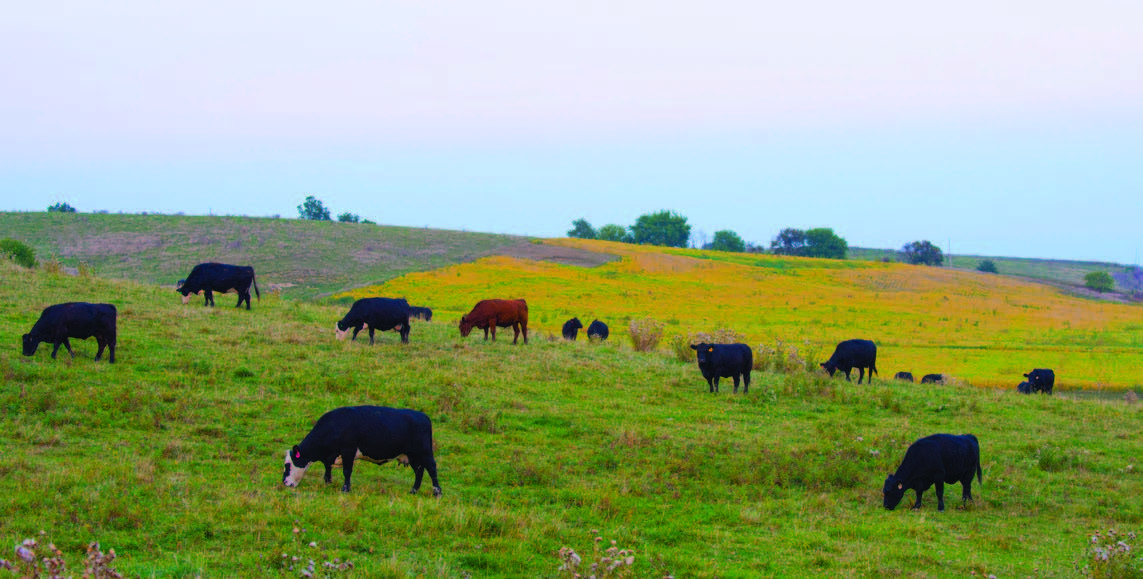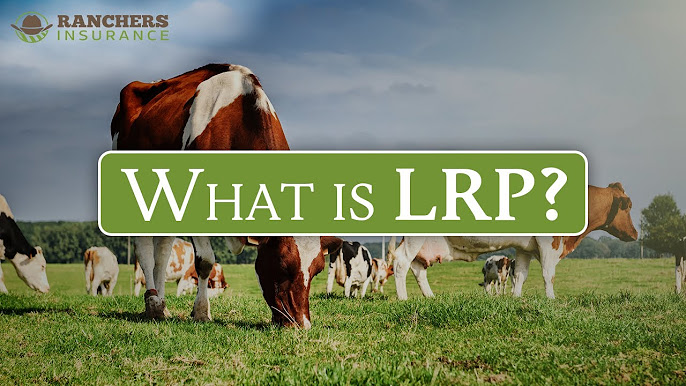Professional Assistance: Bagley Risk Management Techniques
Wiki Article
Key Aspects to Take Into Consideration When Picking Livestock Risk Protection (LRP) Insurance Policy
When assessing alternatives for Animals Threat Protection (LRP) insurance, several key variables call for careful factor to consider to make sure reliable danger monitoring in the agricultural market. Picking the best coverage options tailored to your details animals procedure is critical, as is recognizing just how premium prices correlate with the level of security provided.Coverage Options
When thinking about Animals Risk Security (LRP) insurance policy, it is important to comprehend the different protection options readily available to mitigate threats in the farming sector. Livestock Threat Protection (LRP) insurance policy provides different coverage choices tailored to satisfy the diverse needs of animals manufacturers. Bagley Risk Management. One of the primary coverage options is cost protection, which shields against a decline in market value. Manufacturers can pick the protection level that aligns with their cost risk administration goals, enabling them to secure their operations versus potential financial losses.One more essential coverage alternative is the recommendation period, which establishes the length of time the protection is in impact. Manufacturers can select the recommendation duration that ideal matches their production cycle and market conditions. Additionally, insurance coverage levels and prices differ based on the sort of animals being insured, giving producers the flexibility to tailor their insurance prepares according to their specific requirements.
Understanding the various coverage choices offered under Animals Threat Protection (LRP) insurance coverage is vital for producers to make educated choices that successfully shield their animals operations from market unpredictabilities.
Premium Expenses

Animals Risk Security (LRP) insurance coverage gives essential protection alternatives tailored to alleviate risks in the agricultural industry, with a significant facet to consider being the calculation and structure of premium expenses. These include the type and number of animals being insured, the insurance coverage degree chosen, the current market costs, historic price data, and the length of the protection period.
Insurance companies analyze historical information on animals prices and production costs to figure out an appropriate premium that mirrors the degree of danger entailed. It is necessary for livestock producers to very carefully examine premium expenses and protection options to guarantee they are appropriately secured against potential monetary losses due to adverse market conditions or unforeseen occasions.
Qualified Animals
The decision of eligible livestock for Livestock Threat Defense (LRP) insurance coverage involves mindful factor to consider of details criteria and features. Animals types that are typically qualified for LRP insurance policy include feeder livestock, fed swine, cattle, and lambs. These pets should fulfill particular credentials related to weight varieties, age, and meant use. Furthermore, the qualification of animals might vary based upon the details insurance supplier and the terms of the plan.Feeder livestock, as an example, are generally eligible for LRP insurance coverage if they fall within specified weight ranges. Fed cattle may also be eligible, but they must satisfy specific weight and quality grade demands. Swine eligible for protection normally include market weight pets planned for massacre. Lambs are an additional category of animals that can be taken into consideration for LRP insurance, with factors such as weight and age playing an essential duty in establishing their qualification.
Before choosing LRP insurance policy for livestock, manufacturers ought to thoroughly review the qualification criteria detailed by the insurance coverage copyright to guarantee their pets satisfy the essential demands for insurance coverage.
Plan Adaptability
Policy versatility in Livestock Threat Security (LRP) insurance policy permits manufacturers to customize coverage to fit their particular requirements and run the risk of management approaches. This flexibility empowers animals manufacturers to customize their insurance coverage based upon variables such as the kind of animals they own, market conditions, and specific danger tolerance degrees. One crucial aspect of plan adaptability in LRP insurance coverage is the capacity to choose coverage degrees that align with the manufacturer's monetary goals and run the risk of exposure. Manufacturers can select protection levels that safeguard them versus potential losses due to changes in livestock prices, guaranteeing they are appropriately guaranteed without overpaying for unneeded coverage. Additionally, LRP insurance coverage provides adaptability in policy duration, permitting manufacturers to pick insurance coverage periods that ideal fit their production cycles and marketing timelines. By providing personalized options, redirected here LRP insurance policy makes it possible for manufacturers to effectively handle their danger direct exposure while guarding their livestock operations versus unpredicted market volatility.Cases Refine
Upon experiencing a loss or damage, manufacturers can launch the claims procedure for their Animals Threat Security (LRP) insurance by promptly calling their insurance coverage service provider. It is important for producers to report the loss as soon as possible to accelerate the insurance claims process. When getting to out to the insurance policy service provider, manufacturers will need to supply detailed information regarding the case, consisting of the date, nature of the loss, and any relevant documents such as veterinary records or market value.
After the analysis is complete, the insurance coverage supplier will make a choice relating to the case and connect the look at more info outcome to the manufacturer. The producer will get payment according to the terms of their Animals Risk Protection (LRP) insurance coverage plan if the insurance claim is authorized. It is vital for manufacturers to be knowledgeable about the insurance claims process to make sure a smooth experience in the event of a loss

Conclusion
In verdict, when selecting Livestock Risk Protection (LRP) insurance, it is important to consider protection alternatives, premium costs, qualified livestock, policy adaptability, and the claims procedure. These crucial factors will aid make certain that ranchers and farmers are properly safeguarded against possible risks and losses linked with their livestock procedures. Making a notified decision based upon these factors to consider can inevitably cause far better economic security and satisfaction for livestock producers.Animals Threat Security (LRP) insurance coverage uses various protection choices customized to meet the varied needs of livestock manufacturers.The determination of read more eligible animals for Livestock Danger Security (LRP) insurance protection includes mindful factor to consider of particular requirements and features.Plan versatility in Animals Threat Protection (LRP) insurance coverage enables manufacturers to tailor protection to fit their certain demands and run the risk of monitoring approaches.Upon experiencing a loss or damages, producers can start the cases procedure for their Livestock Risk Protection (LRP) insurance policy by immediately contacting their insurance coverage supplier.In final thought, when selecting Livestock Threat Defense (LRP) insurance policy, it is necessary to take into consideration coverage choices, premium prices, qualified livestock, policy versatility, and the insurance claims procedure.
Report this wiki page